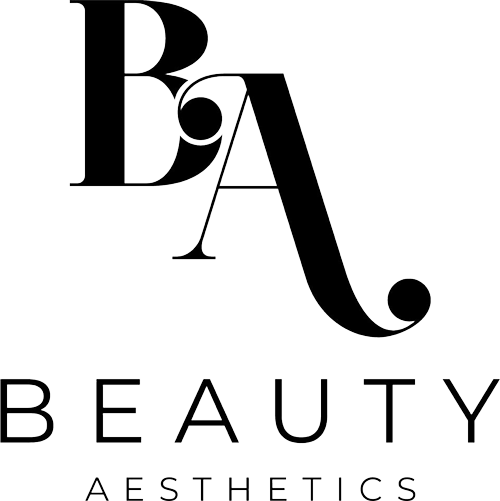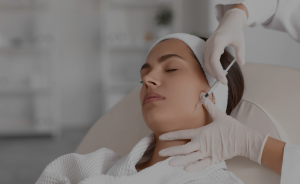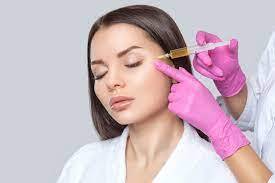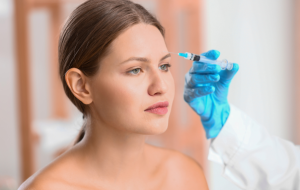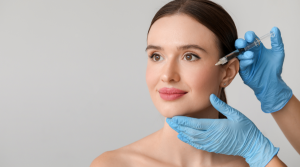Platelet-rich plasma (PRP) treatment has emerged as a cutting-edge solution for various medical and aesthetic concerns, ranging from hair restoration to facial rejuvenation. PRP injections are used in these applications to stimulate natural growth and healing, offering a promising alternative to traditional treatments.
In this comprehensive blog post, we will explore what PRP treatment is, how it works, and its effectiveness in various applications, including hair growth, skin rejuvenation, and beyond.
We will also delve into the PRP hair treatment cost, the benefits of platelet-rich plasma therapy, and the potential outcomes of this innovative treatment.
Understanding PRP Treatment: The Science Behind It
PRP treatment involves the extraction and concentration of platelet-rich plasma from a patient’s own blood. This plasma, rich in growth factors, is then injected into the targeted areas of the body to promote healing, tissue regeneration, and cellular rejuvenation.
The concept behind PRP therapy is based on the idea that the body’s natural healing processes can be accelerated by increasing the concentration of platelets in the treatment area.
How Does PRP Therapy Work?
The PRP procedure begins with drawing a small amount of the patient’s blood. This blood is then placed in a centrifuge, which spins at high speeds to separate the red and white cells from the plasma. The result is a high concentration of platelet-rich plasma, which contains essential growth factors and proteins that play a critical role in the body’s healing and regenerative processes.
Once the platelet-rich plasma is prepared, PRP injections are administered into the treatment area. The growth factors in the PRP stimulate cellular activity, enhance blood circulation, and promote the regeneration of tissues. This process can lead to improved collagen production, enhanced hair growth, and rejuvenated skin.
PRP Hair Treatment: A Revolutionary Approach to Hair Restoration
One of the most popular applications of PRP therapy is for hair restoration. PRP hair treatments have gained significant attention as a non-surgical solution for individuals experiencing hair loss, thinning hair, and conditions such as male pattern baldness. But how effective is PRP in promoting hair growth?
How PRP Hair Treatment Works
PRP hair treatment involves injecting platelet-rich plasma into the scalp to stimulate the hair follicles and encourage natural hair growth. The growth factors in PRP play a crucial role in revitalizing dormant hair follicles, increasing hair density, and enhancing overall hair health.
During a typical treatment session, the platelet-rich plasma is carefully injected into the areas of the scalp where hair thinning or loss is most prominent. These injections are strategically placed to target the anagen phase of the hair cycle, which is the active growth phase. By stimulating the hair follicles during this phase, PRP therapy can lead to thicker, fuller hair.
Effectiveness of PRP Hair Treatment
The effectiveness of PRP hair treatments varies from patient to patient, depending on factors such as the severity of hair loss, the patient’s overall health, and their responsiveness to the treatment. However, many patients report positive results after a few treatment sessions, including increased hair thickness, reduced shedding, and noticeable regrowth in areas affected by thinning hair.
PRP hair treatments are particularly effective for individuals in the early stages of hair loss or those with male pattern baldness. The treatment can also be used in conjunction with other hair treatments, such as hair transplant surgery, to enhance the results and improve the survival rate of transplanted hair follicles.
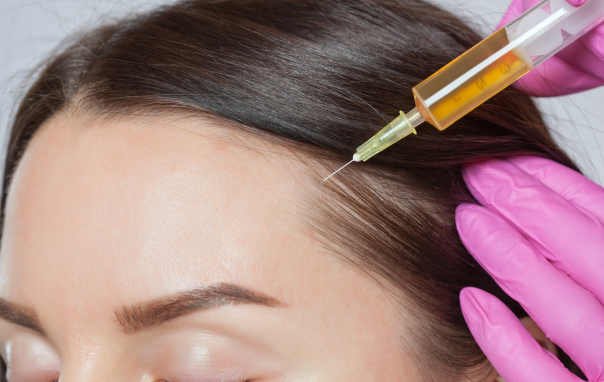
PRP Hair Treatment Cost
The PRP hair treatment cost can vary depending on several factors, including the location of the clinic, the expertise of the provider, and the number of sessions required to achieve the desired results. On average, the cost for a single PRP hair treatment session ranges from $500 to $2,000. Most patients require multiple sessions to achieve optimal results, with maintenance treatments recommended every few months.
While the cost may seem significant, many patients consider it a worthwhile investment due to the natural and non-invasive nature of the treatment. Additionally, PRP therapy offers an alternative to more invasive hair transplantation procedures, making it an attractive option for those seeking a less drastic solution to hair loss.
PRP vs. Other Hair Restoration Methods
When it comes to hair restoration, there are several methods available, each with its own set of advantages and drawbacks. Let’s explore how platelet-rich plasma (PRP) therapy stacks up against other popular hair restoration techniques, including hair transplantation, low-level laser therapy (LLLT), and medications.
PRP for Facial Rejuvenation: Achieving Youthful, Radiant Skin
Beyond hair restoration, PRP treatment is also widely used for facial rejuvenation, commonly known as the vampire facial. Many patients are impressed by the PRP facial before and after results, which showcase transformative improvements in skin texture and overall appearance. This PRP facial treatment has gained popularity for its ability to improve skin texture, reduce the appearance of acne scars, and promote a more youthful complexion.
How PRP Facial Treatments Work
PRP facials involve injecting platelet-rich plasma into the skin to stimulate the production of collagen and new skin cells. The growth factors in PRP help to repair damaged tissues, improve blood flow, and enhance the overall health of the skin. This process can lead to smoother, firmer, and more even skin tone.
During a PRP facial rejuvenation session, the platelet-rich plasma is injected into specific areas of the face, such as the cheeks, forehead, and around the eyes. The goal is to target areas where sagging skin, fine lines, and wrinkles are most evident. The treatment can also be used to address uneven skin tone, sun damage, and other skin imperfections.
Benefits of PRP Facials
PRP facials offer a range of benefits for individuals seeking to rejuvenate their skin without the need for invasive cosmetic procedures. Some of the key benefits include:
Stimulated Collagen Growth
PRP therapy promotes collagen production, which helps to reduce wrinkles and fine lines, resulting in younger-looking skin.
Improved Skin Texture
The growth factors in PRP enhance the regeneration of skin cells, leading to smoother, more radiant skin.
Reduction of Acne Scars and Surgical Scars
PRP facial treatments can effectively reduce the appearance of acne scars and surgical scars by promoting tissue regeneration and healing.
Enhanced Skin Tone
PRP therapy can help to even out skin tone and reduce the appearance of pigmentation issues, making it suitable for individuals with darker skin tones.
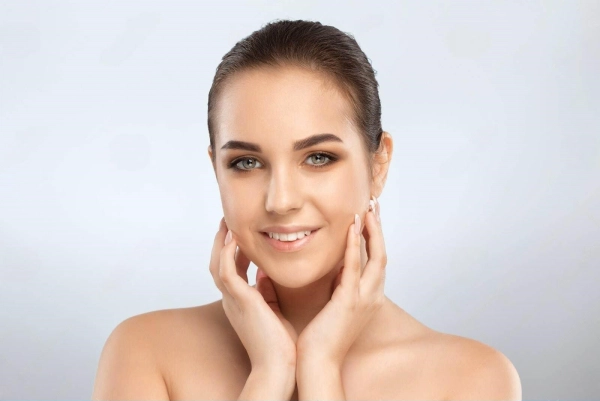
PRP Facial Treatment Cost
The cost of a PRP facial treatment can vary depending on the clinic, the number of sessions required, and the specific areas being treated. On average, a single PRP facial session can cost between $600 and $1,500. Most patients require multiple sessions to achieve the desired results, with maintenance treatments recommended periodically to maintain the effects.
PRP Treatment for Other Applications: Sports Medicine, Wound Healing, and Beyond
In addition to its applications in hair restoration and facial rejuvenation, PRP therapy is used in various other medical and aesthetic fields. The versatility of platelet-rich plasma therapy makes it an effective solution for a wide range of conditions, including sports injuries, wound healing, and more.
PRP in Sports Medicine
PRP treatment has become a popular option in sports medicine for treating joint injuries, tendonitis, and other musculoskeletal conditions. The growth factors in PRP help to accelerate the healing process, reduce inflammation, and promote tissue regeneration, making it an effective treatment for athletes and individuals with chronic pain.
- Joint Injuries: PRP therapy is often used to treat injuries to the knees, shoulders, and other joints. The growth factors in PRP promote the regeneration of damaged tissues and enhance the body’s ability to heal.
- Tendonitis: For individuals suffering from tendonitis, PRP therapy can help reduce pain and inflammation while promoting the healing of the affected tendons.
PRP for Wound Healing and Surgical Scars
PRP therapy is also effective in improving the appearance of surgical scars and enhancing the wound healing process. The growth factors in PRP promote tissue regeneration and collagen production, which can help minimize scarring and accelerate the healing of wounds.
- Surgical Scars: PRP therapy can be used to reduce the visibility of surgical scars by promoting the regeneration of healthy skin cells and tissues.
- Wound Healing: The high concentration of growth factors in PRP supports the body’s healing process, leading to faster wound closure and reduced risk of infection.
PRP for Skin Rejuvenation: Vampire Facials
The vampire facial, or PRP facial, is a popular cosmetic procedure that uses platelet-rich plasma to rejuvenate the skin. This treatment is known for its ability to improve skin texture, reduce signs of aging, and create a more youthful appearance.
- Improves Skin Texture: PRP facial rejuvenation enhances the texture of the skin by promoting the production of new collagen and elastin.
- Reduces Signs of Aging: Vampire facials help to diminish the appearance of fine lines, wrinkles, and sagging skin, resulting in younger-looking skin.
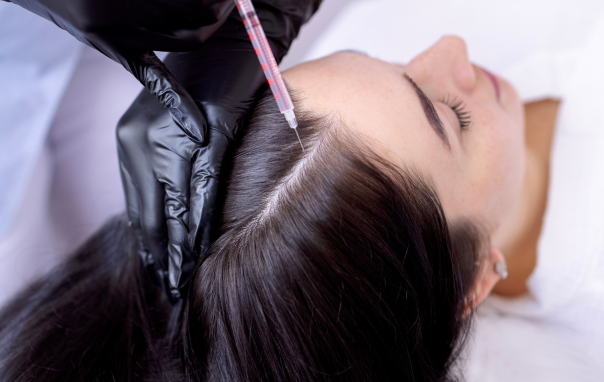
The Effectiveness of PRP Treatment: What Patients Can Expect
The effectiveness of PRP treatment depends on various factors, including the patient’s individual condition, the area being treated, and the number of sessions completed. While PRP therapy offers promising results for many patients, it is important to have realistic expectations and understand that results can vary.
PRP for Hair Restoration: Realistic Outcomes
For patients undergoing PRP hair treatment, it is essential to understand that while PRP therapy can significantly improve hair growth and reduce thinning hair, it may not completely restore a full head of hair, especially in cases of advanced hair loss. However, many patients experience positive outcomes, including increased hair density and reduced shedding.
- Timeline for Results: Patients may begin to see improvements in hair growth within a few weeks to a few months after starting treatment. Multiple sessions are typically needed to achieve the best results.
- Maintenance: To maintain the results of PRP hair treatments, patients may need periodic maintenance sessions every few months.
PRP for Facial Rejuvenation: Achieving Youthful Skin
PRP facial treatments offer a non-invasive way to achieve younger-looking skin and improve overall skin health. Patients can expect to see improvements in skin texture, reduced wrinkles, and a more even complexion.
- Timeline for Results: Results from PRP facials can vary, with some patients noticing improvements after the first session. However, multiple sessions are often required to achieve long-lasting results.
- Maintenance: To maintain the effects of PRP facial rejuvenation, patients may need periodic touch-up sessions.
PRP for Other Medical Conditions: Promoting Healing and Recovery
PRP therapy has shown effectiveness in treating a variety of medical conditions, including sports injuries, chronic pain, and wound healing. Patients can expect a reduction in pain, improved mobility, and faster recovery times.
- Timeline for Results: The timeline for results can vary depending on the condition being treated. Some patients may experience relief within a few weeks, while others may require multiple sessions to achieve significant improvement.
- Maintenance: Depending on the condition, ongoing PRP treatments may be recommended to maintain the results and prevent the recurrence of symptoms.
Safety and Side Effects of PRP Treatment
While PRP treatment is generally considered safe and well-tolerated, it’s important to be aware of potential side effects and risks. Understanding these can help you make an informed decision about whether PRP therapy is right for you.
Is PRP Treatment Safe?
Yes, PRP treatment is generally considered safe and well-tolerated. However, as with any medical treatment, there are potential side effects and risks. To minimize these risks, it’s crucial to follow pre-treatment instructions carefully and choose a qualified and experienced healthcare provider. By doing so, you can ensure a safe and effective treatment experience.
Combining PRP with Other Treatments
PRP treatment can be used alone or in combination with other hair restoration methods to achieve optimal results. Let’s explore the benefits of combining PRP with other treatments.
PRP and Microneedling
Microneedling is a minimally invasive treatment that uses tiny needles to create micro-injuries in the skin, stimulating the body’s natural healing process. When combined with PRP, microneedling can enhance the results of the treatment and promote faster hair growth. PRP can be applied to the skin after microneedling to provide the necessary growth factors to support hair growth, making this combination a powerful tool for hair restoration.
In conclusion, PRP treatment is a safe and effective hair restoration method that can be used alone or in combination with other treatments to achieve optimal results. By combining PRP with other treatments, you can enhance the overall effectiveness and promote faster hair growth, making it a versatile and valuable option for those seeking to restore their hair.
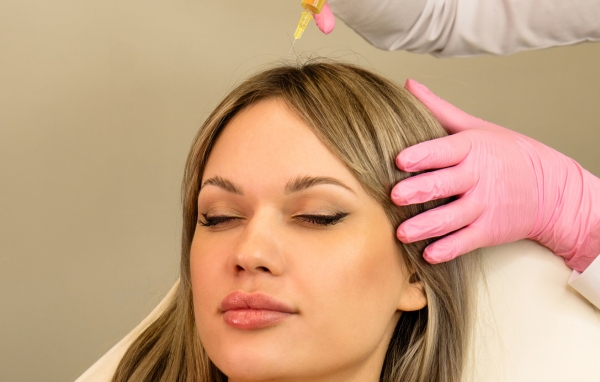
Conclusion: The Versatility and Effectiveness of PRP Treatment
PRP treatment is a versatile and effective solution for a wide range of cosmetic and medical concerns. Whether you are seeking to restore your hair, rejuvenate your skin, or promote healing from an injury, PRP therapy offers a natural and non-invasive approach to achieving your goals.
The PRP hair treatment cost, PRP facial treatment cost, and other associated costs can vary depending on the clinic, the specific treatment area, and the number of sessions required.
However, the benefits of PRP therapy—including its ability to stimulate hair growth, enhance skin texture, and promote tissue regeneration—make it a worthwhile investment for many patients.
If you are considering PRP treatment, it is essential to consult with a qualified provider who can assess your individual needs and develop a customized treatment plan tailored to your goals.
By understanding the potential outcomes and risks, you can make an informed decision about whether PRP therapy is the right choice for you.
Frequently Asked Questions (FAQs)
1. How long does it take to see results from PRP treatment?
Results from PRP treatments can vary depending on the area being treated. For hair restoration, patients may start to see improvements in hair growth within a few weeks to a few months. For facial rejuvenation, the skin may appear more radiant and youthful after the first treatment, with optimal results visible after several sessions.
2. How many PRP treatment sessions are needed?
The number of sessions required depends on the specific condition being treated and the individual’s response to therapy. For hair restoration, multiple sessions are typically needed, with maintenance treatments recommended every few months. For facial rejuvenation, three to four sessions spaced a few weeks apart are usually sufficient.
3. Are there any restrictions after PRP treatment?
After PRP treatment, patients are advised to avoid strenuous activities, heavy lifting, and direct sun exposure for at least 24-48 hours. It is also important to follow any specific aftercare instructions provided by the healthcare provider to ensure optimal healing and results.
4. Can PRP treatment be combined with other procedures?
Yes, PRP therapy can be combined with other cosmetic procedures, such as microneedling, laser therapy, or hair transplant surgery, to enhance results. Combining treatments can provide more comprehensive outcomes and address multiple concerns simultaneously.
5. Is PRP treatment suitable for all skin types?
PRP treatment is suitable for most skin types, including darker skin tones. However, it is essential to consult with a qualified provider who can assess your skin and recommend the best approach for your individual needs.
